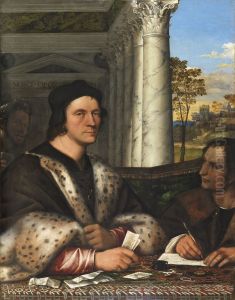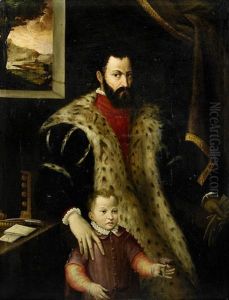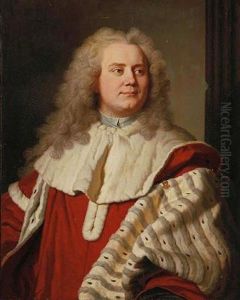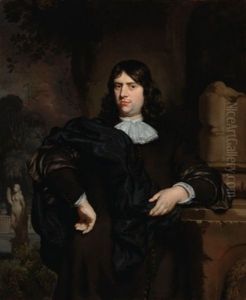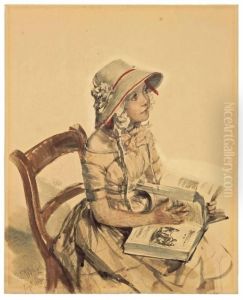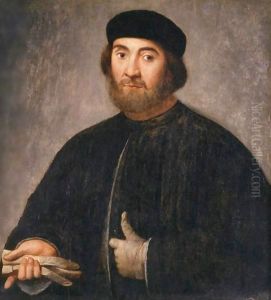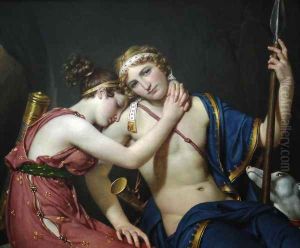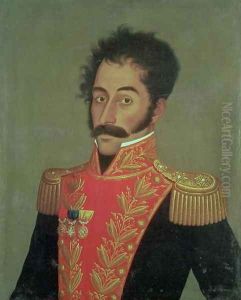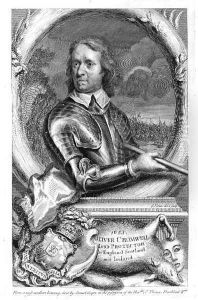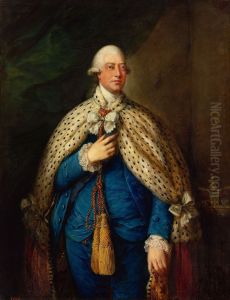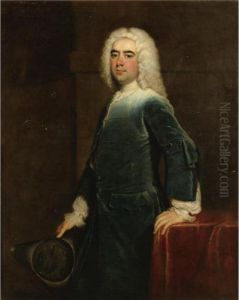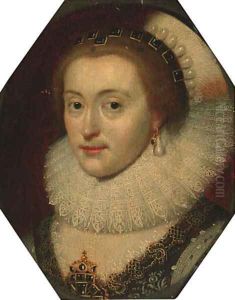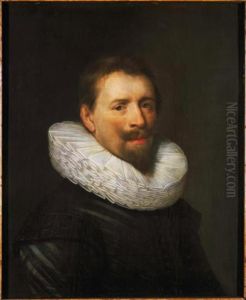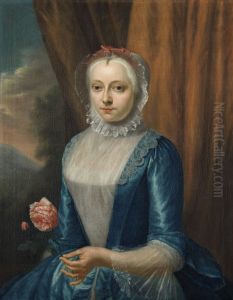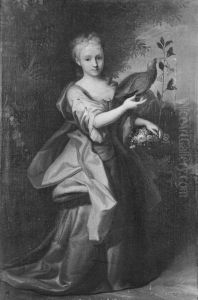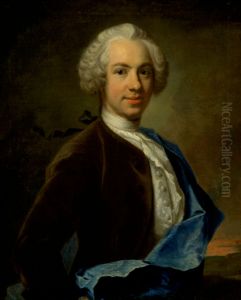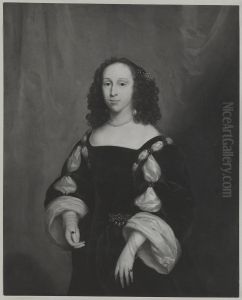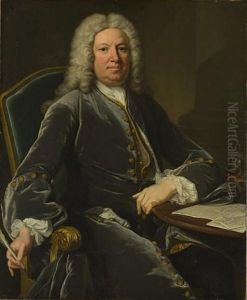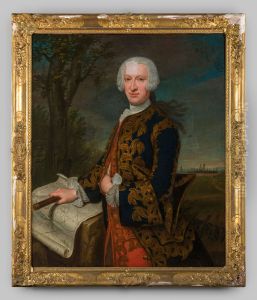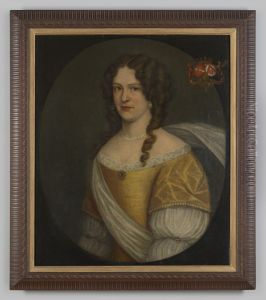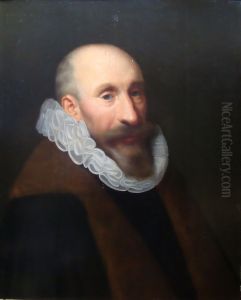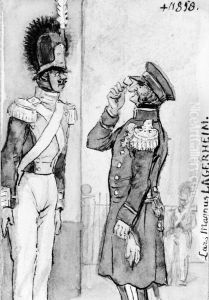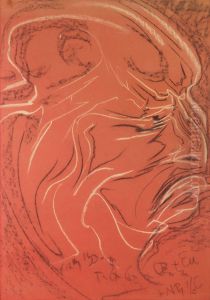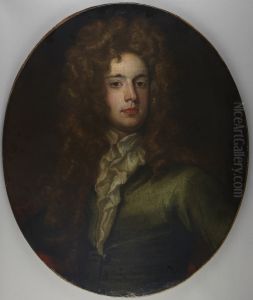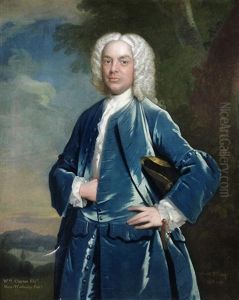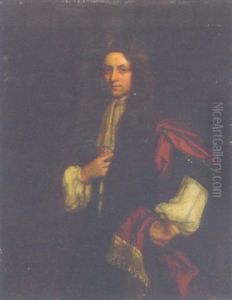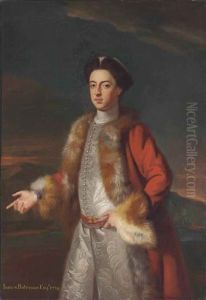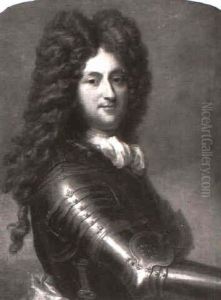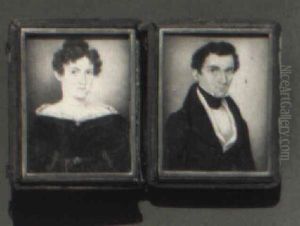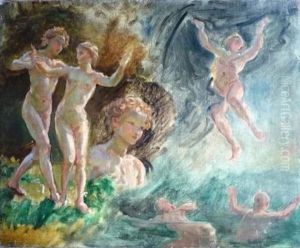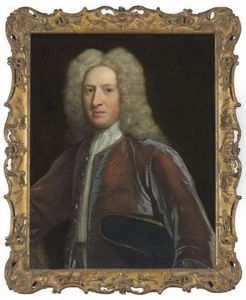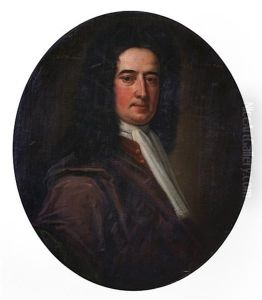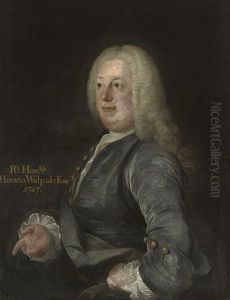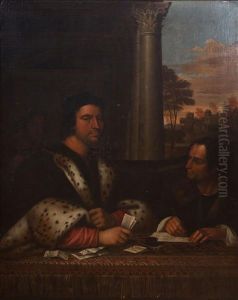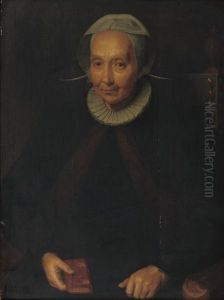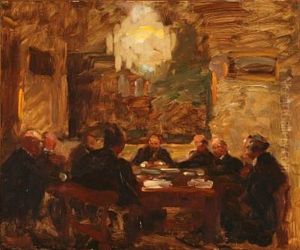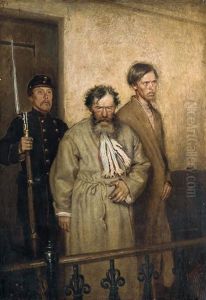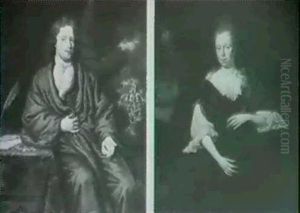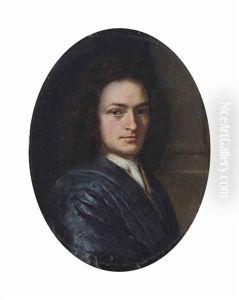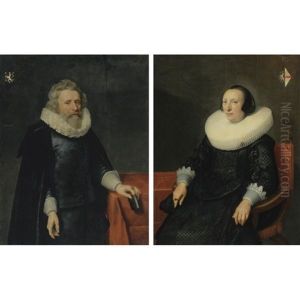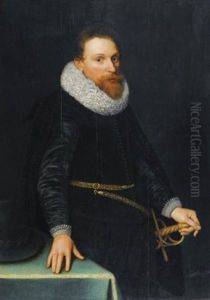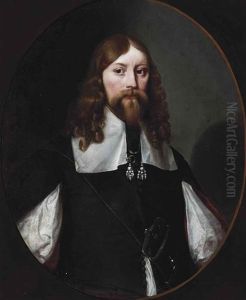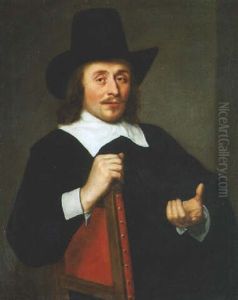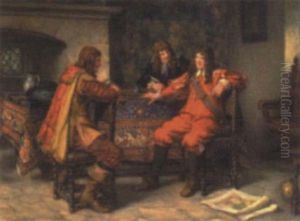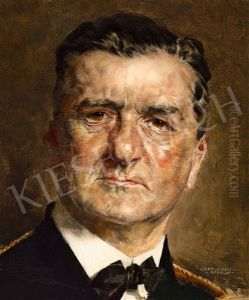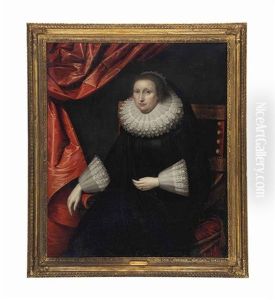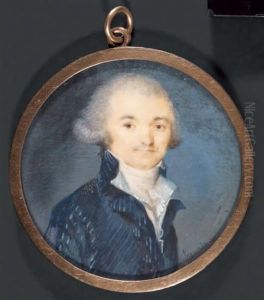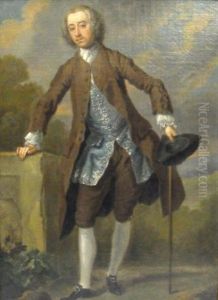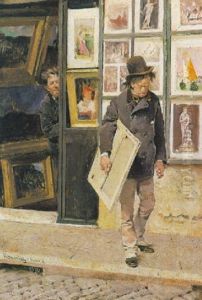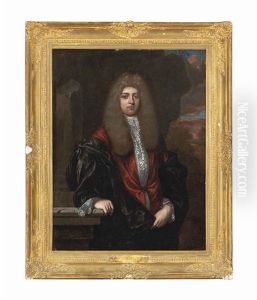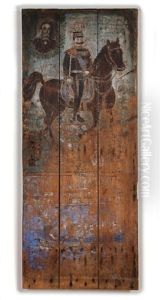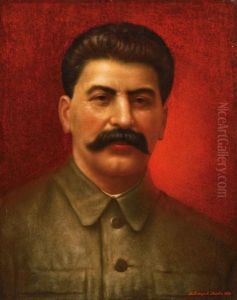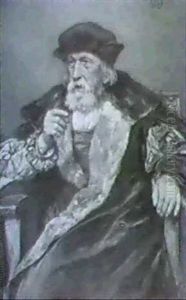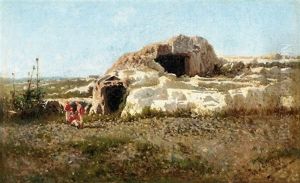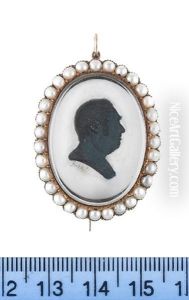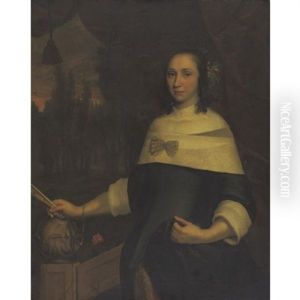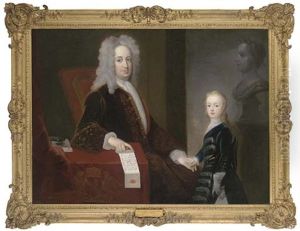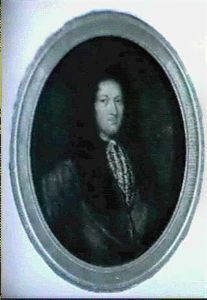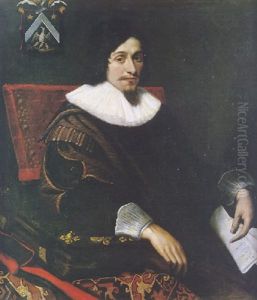Political Context Paintings
The Profound Influence of Political Context on Classic Paintings
Art is rarely created in a vacuum; it is a mirror reflecting the world around it, deeply shaped by the prevailing Political Context. Understanding the historical, social, and political climate in which a masterpiece was conceived is crucial for a complete appreciation of its meaning, symbolism, and impact. From the grand narratives of empires to the subtle critiques of social injustice, the political landscape has consistently provided both the canvas and the inspiration for some of history's most iconic works.
Throughout history, major political shifts have directly influenced artistic movements and individual creations. Consider the revolutionary fervor of the late 18th century, where artists like Jacques-Louis David used Neoclassicism to champion republican ideals and commemorate the French Revolution. His powerful depictions, often commissioned by the state, served as visual propaganda, shaping public opinion and solidifying new power structures. Similarly, the Napoleonic era saw art used to glorify military conquests and imperial ambitions. Moving into the 19th century, artists like Goya captured the brutal realities of war and political oppression, as seen in his poignant portrayals of the Peninsular War, offering a stark counter-narrative to state-sponsored heroism. These works are not merely beautiful images; they are historical documents imbued with the political tensions of their time.
The 20th century further exemplifies art's entanglement with politics. The rise of totalitarian regimes led to state-controlled art forms like Socialist Realism, designed to promote specific ideologies and suppress dissent. Conversely, artists often used their work as a form of protest or social commentary against such regimes, or during periods of global conflict like the World Wars and the Cold War. Pablo Picasso's "Guernica," for instance, stands as a powerful anti-war statement, directly responding to the bombing of a Basque town during the Spanish Civil War. Studying these classic oil painting reproductions allows us to delve into the intricate layers of meaning, revealing how artists navigated, challenged, or supported the dominant Political Context of their era. Exploring these pieces offers a unique window into the human experience shaped by power, conflict, and societal change.

